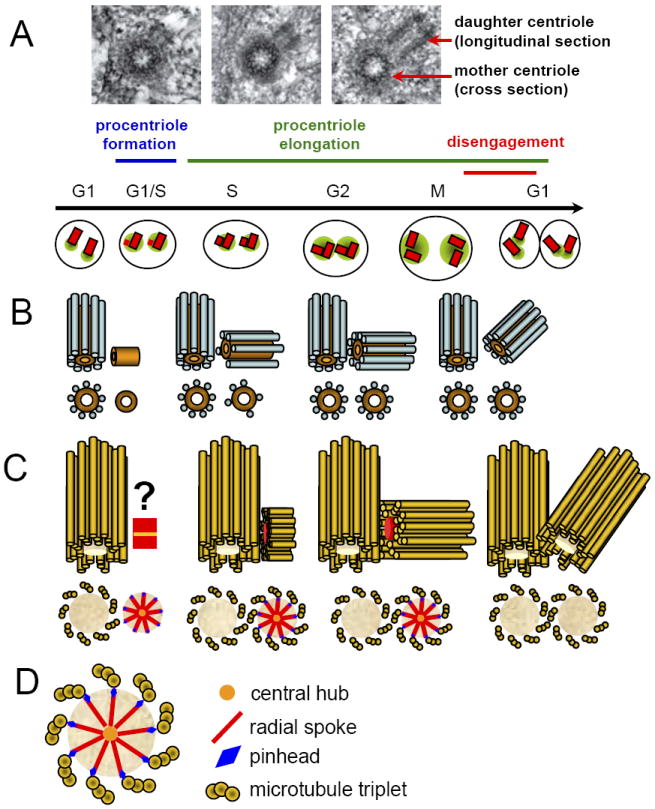Fig. 2. Centriole propagation via duplication of preexisting centrioles.

(A) At the beginning of the S phase, a procentriole assembles to the proximal end of the mother centriole. As the cell progresses through S and G2 phases, procentrioles centrioles elongate. At this time and through the first half of mitosis procentriole and the mother centriole maintain orthogonal orientation and the procentriole resides within the PCM cloud organized by the mother. (B) Schematics of procentriole formation in C. elegans. The earliest manifestation of centriole duplication is the formation of an amorphous central tube ~60 nm in length and orthogonal to the wall of the mother. The diameter and the length of the central tube increase as nine individual microtubules assemble around it. The central tube remains permanently embedded into the forming centriole a permanent structure of the centriole. (C) In higher animals, daughter centriole assembly begins with the formation of the ‘cartwheel’ (schematics in (D)). Microtubule blades subsequently assemble around the cartwheel. In some species the cartwheel can be detected inside fully matured centrioles, whereas in other organisms the cartwheel is only present during earlier stages of centriole assembly. (D) The cartwheel comprises nine radial spokes projecting from a central hub. Radial spokes are attached to the microtubules by structures called pinheads. Some studies suggest that the cartwheel serves as the organizer of the centriole symmetry.
